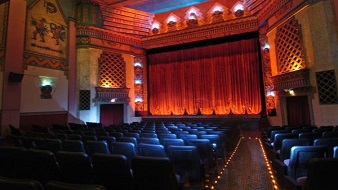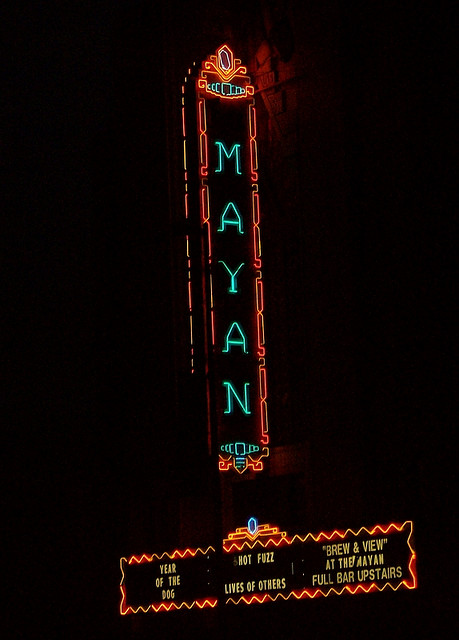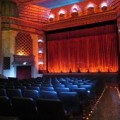
The Rescue of Denver's Mayan Theatre
When attorney Chris Citron received a phone call asking her to help save the Mayan Theatre on South Broadway, her passion for preservation fueled her.
This may sound like a line from a university history assignment , but it was February of 1984 and the art deco Mayan, built in 1930, came close to falling to a wrecking ball. The then-owner, an out-of-state bank, had every intention of destroying the theatre as soon as the lease expired.
But a neighborhood organization, Friends of the Mayan, worked tirelessly for two years to keep it from disappearing. To do so, The Mayan Theatre had to be declared a historic landmark, which was met with resistance from the bank.
But momentum slowly switched to their side. First came Citron, who developed expertise after serving as part of a large pro bono team that helped preserve New York City’s Grand Central Station.
“I got a phone call in the morning and testified that night,” Citron recalled as she sat in the upper balcony of the theatre. “When I came in and saw it, that’s all it took. It was a national treasure, not just a treasure to Colorado.”
Citron, who is now president of Friends of the Mayan, describes the rest as being like a movie plot.
Denver’s City Council declared the theatre a landmark in February of 1984, which seemed like a turning point. But the battle was far from over.
The owners obtained demolition permits and the theater was prepped for tear-down. Friends of the Mayan had 90 days to save it.
“There were eight of us out front with signs to raise awareness,” recalls Citron. “The marquee once read ‘Help Save Me. ‘ Everyone said it was a lost cause but we got a lucky break.”
That break came with an anonymous phone call to U.S. Rep. Pat Schroder. The voice on the other end of line offered a precious tip: Broncos owner Pat Bowlen was going to buy the entire block, which included the theatre.
Former Mayor Frederico Pena, called Bowlen’s development team and asked they keep the Mayan as is on behalf of the city. Agreeing to do so, the theatre crossed the final hurdle. Landmark Theatres signed a long- term lease in 1986 and still operates the theater today.
With a three-quarter million dollar investment, the theatre was cleaned up, but kept its original craftsmanship without being too modernized.
“Local artisans created the theatre. All of the art is handmade and that has created a distinctive exotic atmospheric feeling. That’s why people want to come here.”
Murals decorate the walls inside the theatre that is one of the country’s very few remaining Art Deco Mayan revival- style movie houses. It was converted into a three-screen palace, with one large auditorium and two cozy theatres upstairs. For Citron, it’s tough to think about how close the theater came to being demolished, and much of the history with it.
Citron noted the important history of the theatre during the Great Depression. “The theater ran a lot of gimmicks and promotions,” said Citron who described bank nights that involved a money giveaway, nights that incorporated raffles, and even a dish night and country store night. “Movies theatres also provided much needed escapism from the dire state of the country,” said Citron.
One of her favorite stories is about Frank Gandy, who was an usher at the theater at just 13 years old. He once he dressed up in a gorilla suit on a street car that ran up and down Broadway to promote a movie called “The Gorilla.” Entertaining before shows, he played the organ.
Still anchoring South Broadway, the theater is surrounded by businesses, including lively restaurants, vintage clothing stores, and bakeries. Some business owners say the theatre led to the revitalization of South Broadway.
” I grew up going to The Mayan Theatre and still frequent the films all the time. We are so lucky to have a landmark just blocks away from us,” said Gary Mobell, owner of the nearby Blue Bonnet Restaurant. “When I grew up in Denver, there were so many movie theaters downtown and none of them are left – the Denver Theatre, the Center Theatre and the Denham. I love that this theater offers so many films you can’t find in the mainstream theater; they really emphasize on the Indie film market.”
With so much positive impact the theater has brought to South Broadway, it’s no wonder that Citron, who offers tours on request, has been nicknamed “Mother of the Mayan.
” Little did I know that when I agreed to help that I would still be so involved 25 years later,” she said. “The beauty we have preserved is worth all of the frustration and time.”












